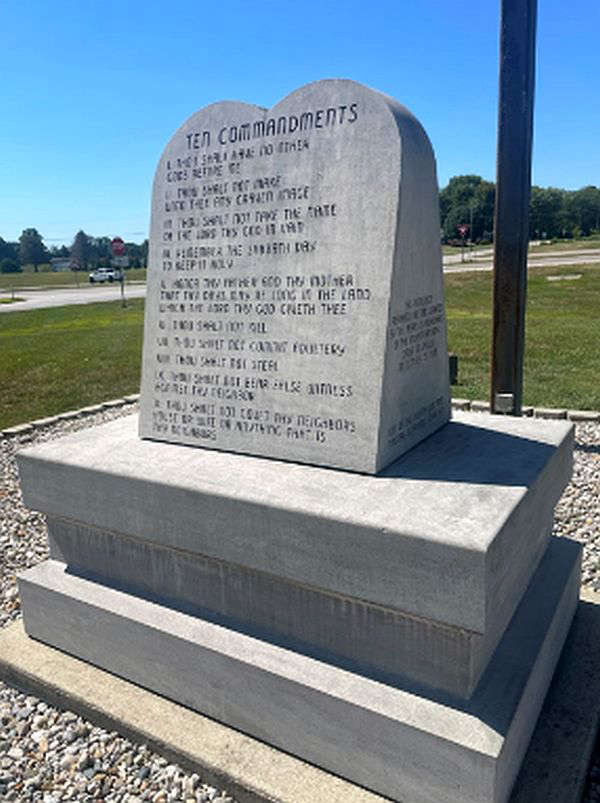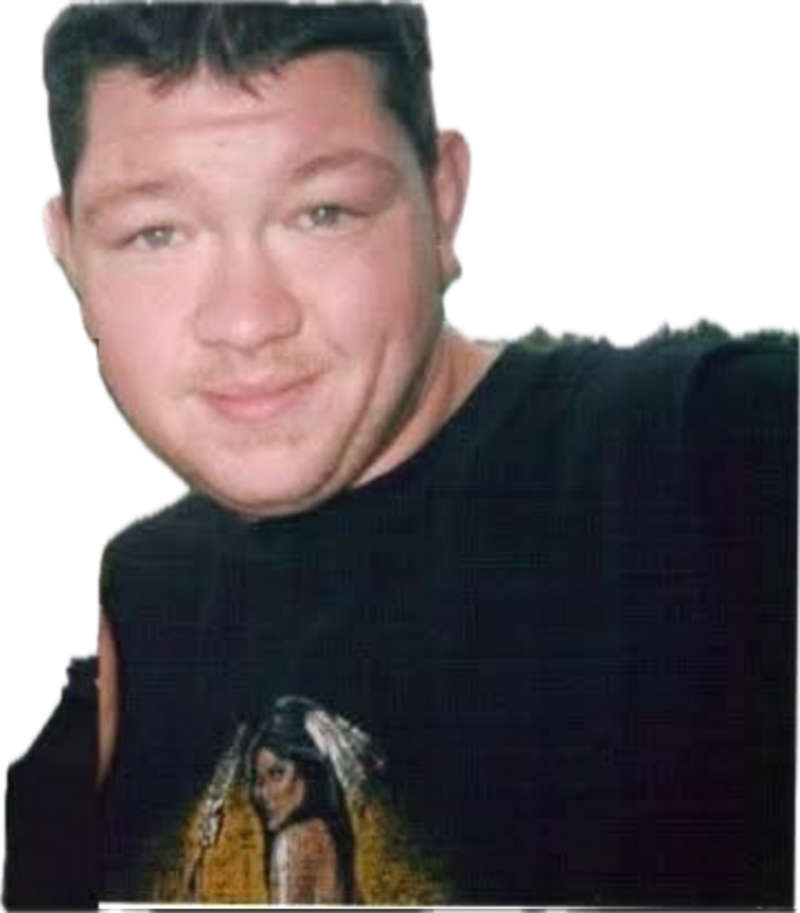
pulaski-county-home-to-first-complete-mastodon-skeleton-unearthed-subject-of-upcoming-program
The Indiana State Museum and Historic Sites’ curator of paleobiology, Dr. Catalina Tomé, will present the program at the Pulaski County Historical Society’s annual meeting, Thursday, March 21.
The feature program will held at One-Eyed Jack’s Celebration Station in downtown Winamac. The public is welcome to join the PCHS membership to enjoy an informal meet-and-greet, including desserts and coffee, at 6 p.m. A short business meeting for the election of officers and directors will begin at 6:30. The program will follow and is free for all who wish to attend.
Dr. Tomé explains that she “works to preserve and research the vertebrate fossils of Indiana to help inform future generations about the amazing natural history of the Midwest.” She will speak on the diverse fauna from Indiana’s Ice Age and how they lived and adapted throughout the state's glacial and interglacial history.
Tomé earned a Bachelor of Science degree in biology from the University of California Santa Cruz. She received a Master of Science and a PhD, both in biology, from the University of New Mexico. She conducted post-doctoral research at the university of Nebraska-Lincoln. Her research focuses on small mammals and their survival during the Cenozoic Quaternary (2.58 million years ago).
The curator will include information about mastodons in her presentation. Pulaski County was home to the first complete mastodon skeleton to be unearthed and displayed at the Smithsonian Museum in Washington, D.C. The skeleton was excavated by a dredge contractor in the summer of 1914. Frank M. Williams of Winamac was constructing the William D. Pattison branch ditch leading from the larger Monon ditch. This was known as the Blue Sea marsh of Rich Grove Township. (Read about Pulaski County’s mastodon at: https://bit.ly/3Uzqyeo.)
Mastodons roamed Indiana starting about two and a half million years ago, and they became extinct about 10,500 years ago. Mastodon bones have been found in most of Indiana’s 92 counties, typically in ancient bogs that previously existed in central and northern Indiana. The Indiana State Museum and Historic Sites has the largest collection of mastodons in the state and also has an extensive collection of bones found from various excavations.


 Rochester Greenhouse closing its doors this week after nearly 124 years in business
Rochester Greenhouse closing its doors this week after nearly 124 years in business
 Plymouth man arrested on DUI charge during investigation of Kosciusko County incident
Plymouth man arrested on DUI charge during investigation of Kosciusko County incident
 No injuries in Starke County incident with man and firearms at a Knox home
No injuries in Starke County incident with man and firearms at a Knox home
 Internship available with Fulton County Health Department
Internship available with Fulton County Health Department
 4C Health updates role title to better reflect recovery-oriented care
4C Health updates role title to better reflect recovery-oriented care
 Grant opportunities available in all Fulton County townships
Grant opportunities available in all Fulton County townships
 Gov. Braun, AG Rokita ask Federal Court to lift 20-year ban on Historical Monument at Indiana Statehouse
Gov. Braun, AG Rokita ask Federal Court to lift 20-year ban on Historical Monument at Indiana Statehouse




